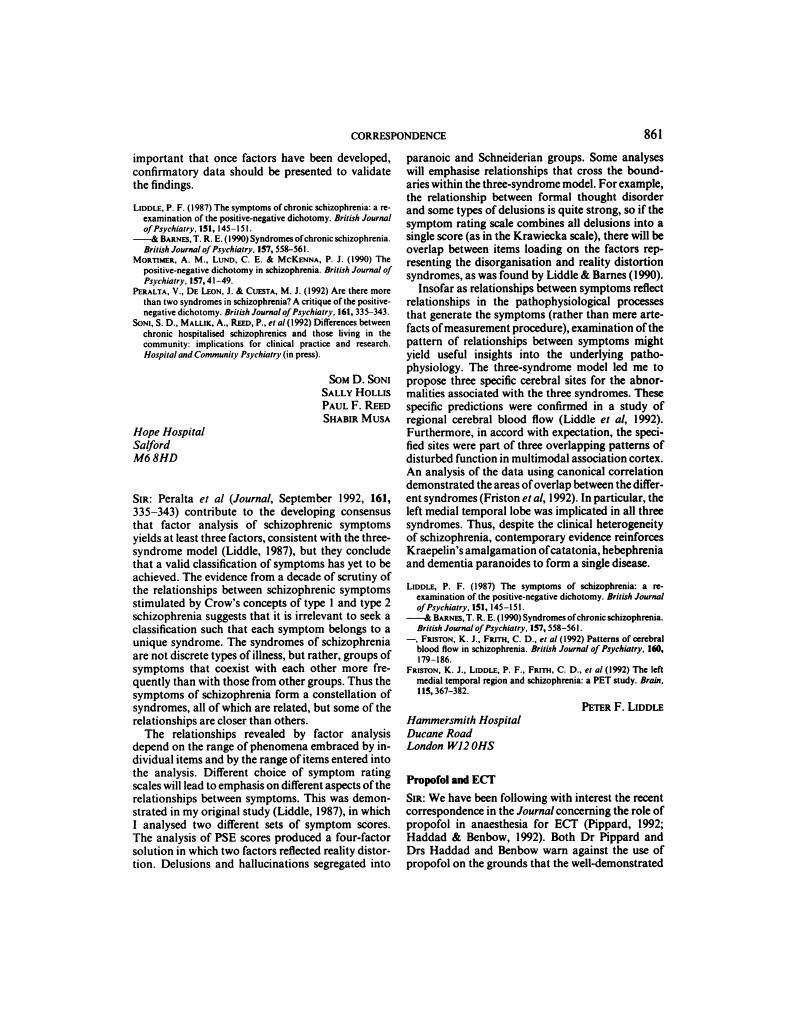Crossref Citations
This article has been cited by the following publications. This list is generated based on data provided by Crossref.
Kirkby, Kenneth Clifford
Beckett, Warren Grant
Matters, Ruth Mima
and
King, T. E.
1995.
Comparison of Propofol and Methohexitone in Anaesthesia for ECT: Effect on Seizure Duration and Outcome.
Australian & New Zealand Journal of Psychiatry,
Vol. 29,
Issue. 2,
p.
299.
Butterfield, Noam N.
Graf, Peter
Macleod, Bernard A.
Ries, Craig R.
and
Zis, Athanasios P.
2004.
Propofol Reduces Cognitive Impairment After Electroconvulsive Therapy.
The Journal of ECT,
Vol. 20,
Issue. 1,
p.
3.






eLetters
No eLetters have been published for this article.